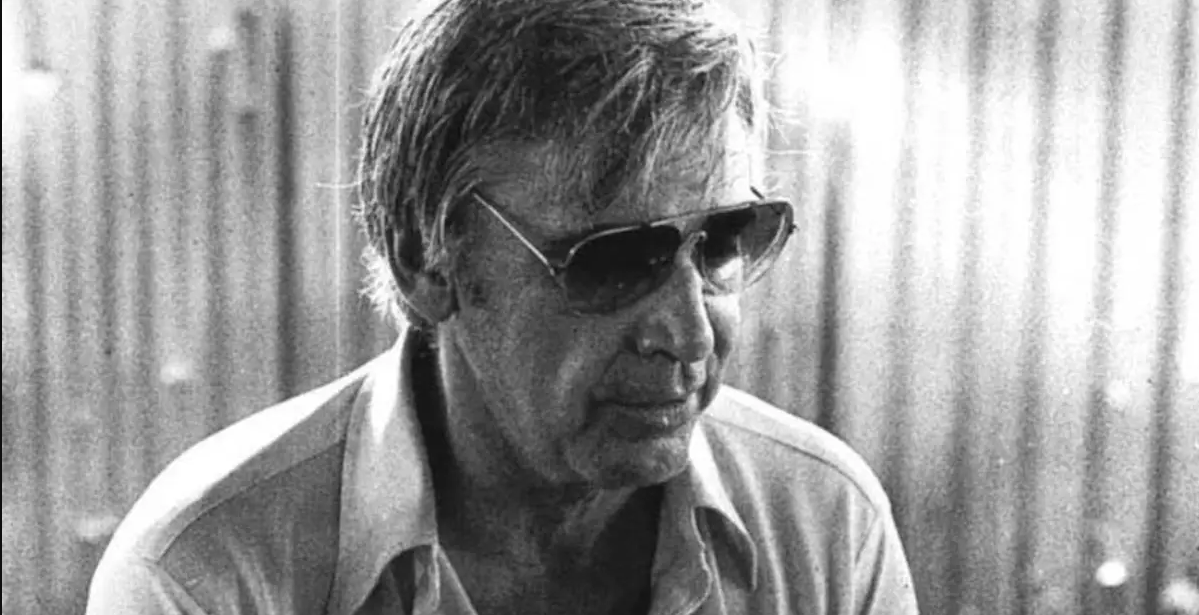By 1978, Jim Jones and his Peoples Temple had amassed thousands of followers, but dark rumors about life at their settlement in Jonestown, Guyana, were spiraling out of control. Amid reports of human rights abuses, U.S. Congressman Leo Ryan, a Democrat from California, decided to investigate personally. Tragically, his courage cost him his life.
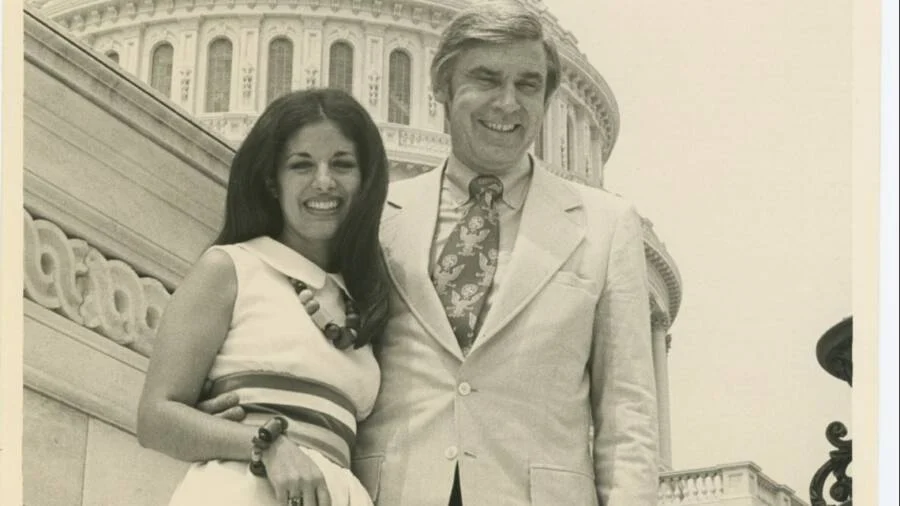
Leo Ryan’s Life And Maverick Political Career
Born on May 5, 1925, in Lincoln, Nebraska, Leo Joseph Ryan Jr. had an unconventional approach to politics long before his fateful trip to Jonestown. After graduating from Campion Jesuit High School in Wisconsin in 1943, Ryan served as a submariner in the U.S. Navy during World War II. Following the war, he earned his bachelor’s degree at Creighton University in Nebraska in 1949 and a master’s in 1951.
Ryan initially worked as a teacher and school administrator but soon found his calling in public service. He began his political career on the city council in South San Francisco and later became mayor in 1962. However, his tenure was short-lived as he moved on to serve in the California State Assembly before winning a seat in the U.S. Congress in 1972.
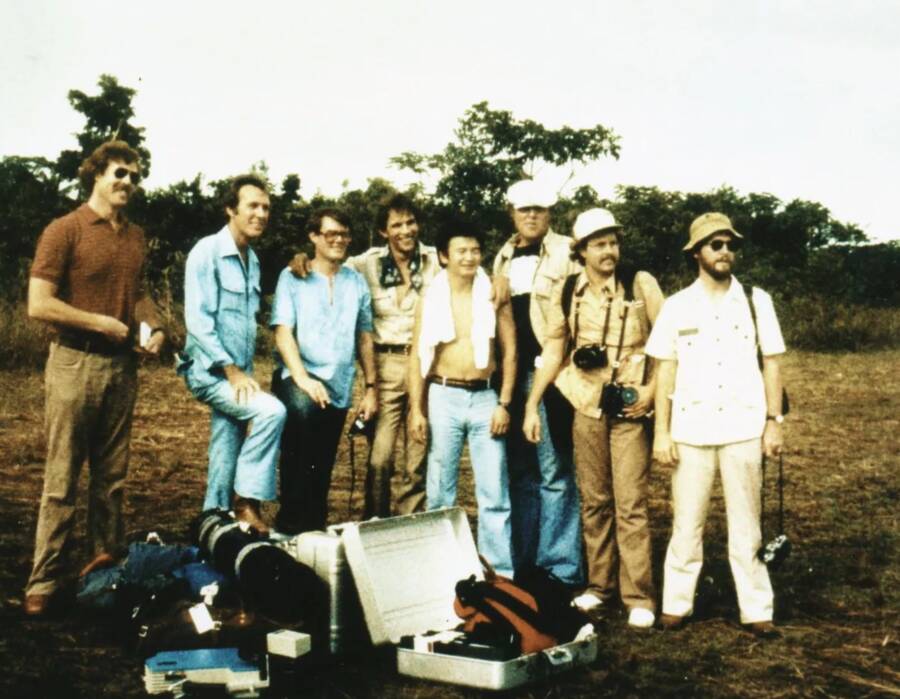
Ryan quickly developed a reputation as a hands-on legislator. Jackie Speier, his legal counsel who accompanied him to Jonestown, described him as “one courageous legislator who did the uncommon thing, and lost his life in the process” (SFGATE). His unique style, often referred to as “experiential legislating,” saw him take extraordinary steps to understand issues.
In the late 1960s, Ryan posed as a substitute teacher in a Los Angeles school to experience the conditions that led to the Watts riots. In 1970, he voluntarily spent 10 days in Folsom State Prison while working on prison reform. Robert Caughlan, his district field representative, noted, “Leo understood the importance of advancing social agendas through public education.”
The Rise of Jim Jones And Jonestown
The Peoples Temple, founded in the 1950s by Indiana preacher Jim Jones, initially preached racial equality and social justice. Its integrated congregations stood out in the Midwest, attracting members who believed in Jones’ vision.
However, Jones’ leadership grew increasingly authoritarian. In the mid-1960s, he relocated the Temple to California, where membership swelled to an alleged 20,000 by the early 1970s. As scrutiny over Jones’ practices intensified, he moved his followers to Guyana in 1977, promising a socialist utopia free from oppression.
Life in Jonestown, however, was far from ideal. Members faced grueling labor, harsh conditions, and isolation, while Jones maintained absolute control. Family members in the U.S. grew concerned, leading to calls for an investigation.
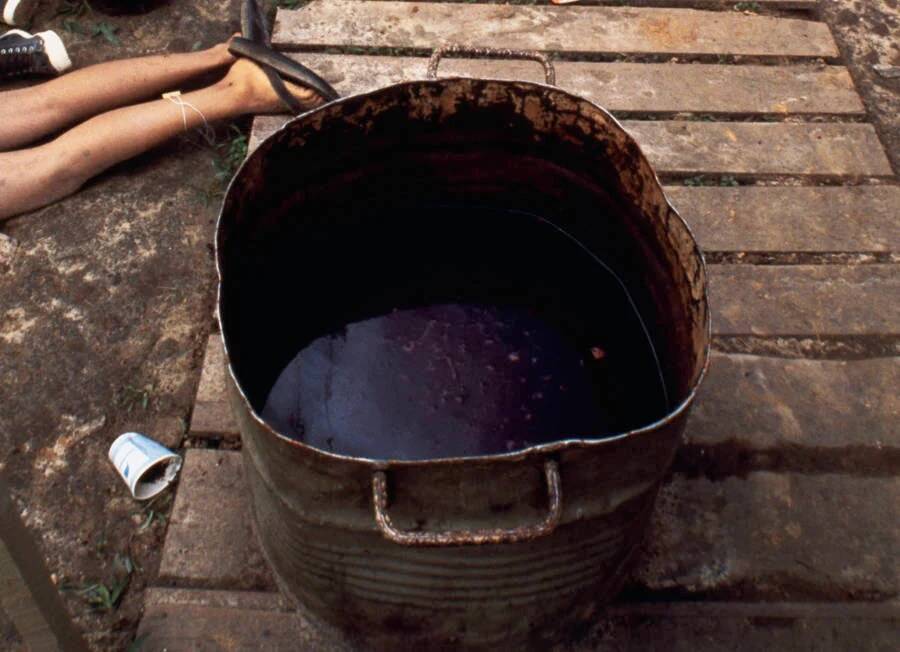
Leo Ryan’s Mission To Jonestown
Hearing the pleas of worried families, Ryan decided to visit Jonestown personally. Despite resistance from Jones’ allies, he organized a delegation that included journalists, aides, and concerned relatives. His goal was to assess the settlement, speak with residents, and offer assistance to those who wanted to leave.
When Ryan arrived in Jonestown, he was met with what seemed like a thriving, harmonious community. Jones and his followers had carefully staged this image, and initial interviews supported the façade. But cracks quickly appeared.
Some residents secretly approached Ryan, sharing harrowing accounts of abuse and expressing their desire to leave. Ryan assured them he would help. Reports state that 16 members decided to defect, although one was later revealed to be loyal to Jones.
As Ryan prepared to leave with the defectors, tensions escalated. A Jones loyalist attempted to stab Ryan but failed. Fearing his control was slipping, Jones devised a sinister plan.
The Tragedy At Port Kaituma Airstrip
On November 18, 1978, Ryan and his delegation escorted the defectors to the Port Kaituma airstrip. Before they could depart, Jones’ armed followers ambushed them, killing Ryan, three journalists, and one defector.
Back at Jonestown, Jones initiated a so-called “revolutionary suicide.” Members were forced to drink cyanide-laced Flavor Aid, while others were injected against their will. Over 900 people died in what became known as the Jonestown Massacre, the largest murder-suicide in modern history.
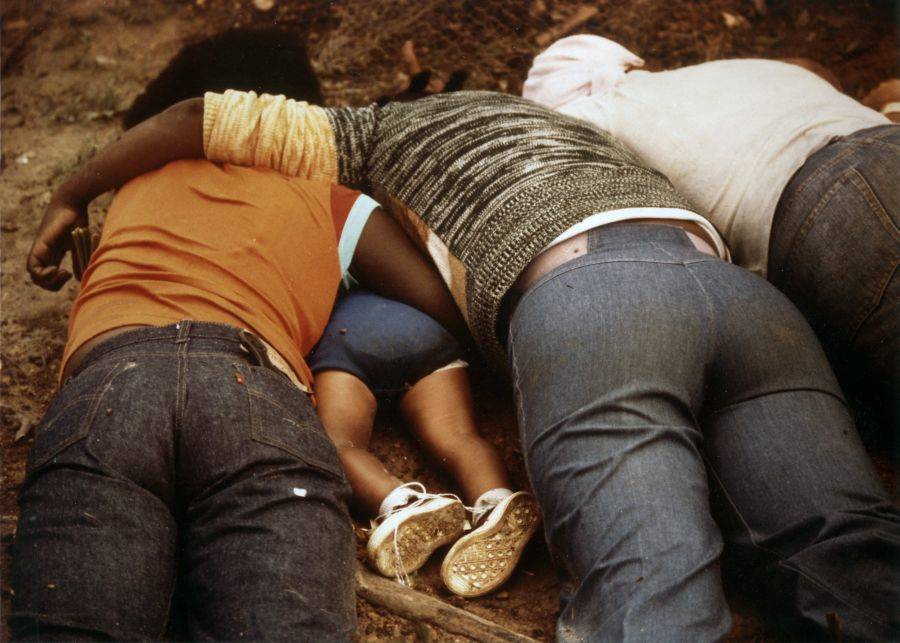
Leo Ryan’s Legacy
Leo Ryan’s bravery and commitment to uncovering the truth remain a testament to his character. His friend George Corey remarked, “He would march into the heart of Hell to see it firsthand.”
Ryan’s death, while tragic, shed light on the horrors of Jonestown and the devastating power of cult manipulation. His life serves as a reminder of the importance of courage and accountability in public service.
also read: Trade war could leave Europe in recession with high inflation, ECB policymaker warns

